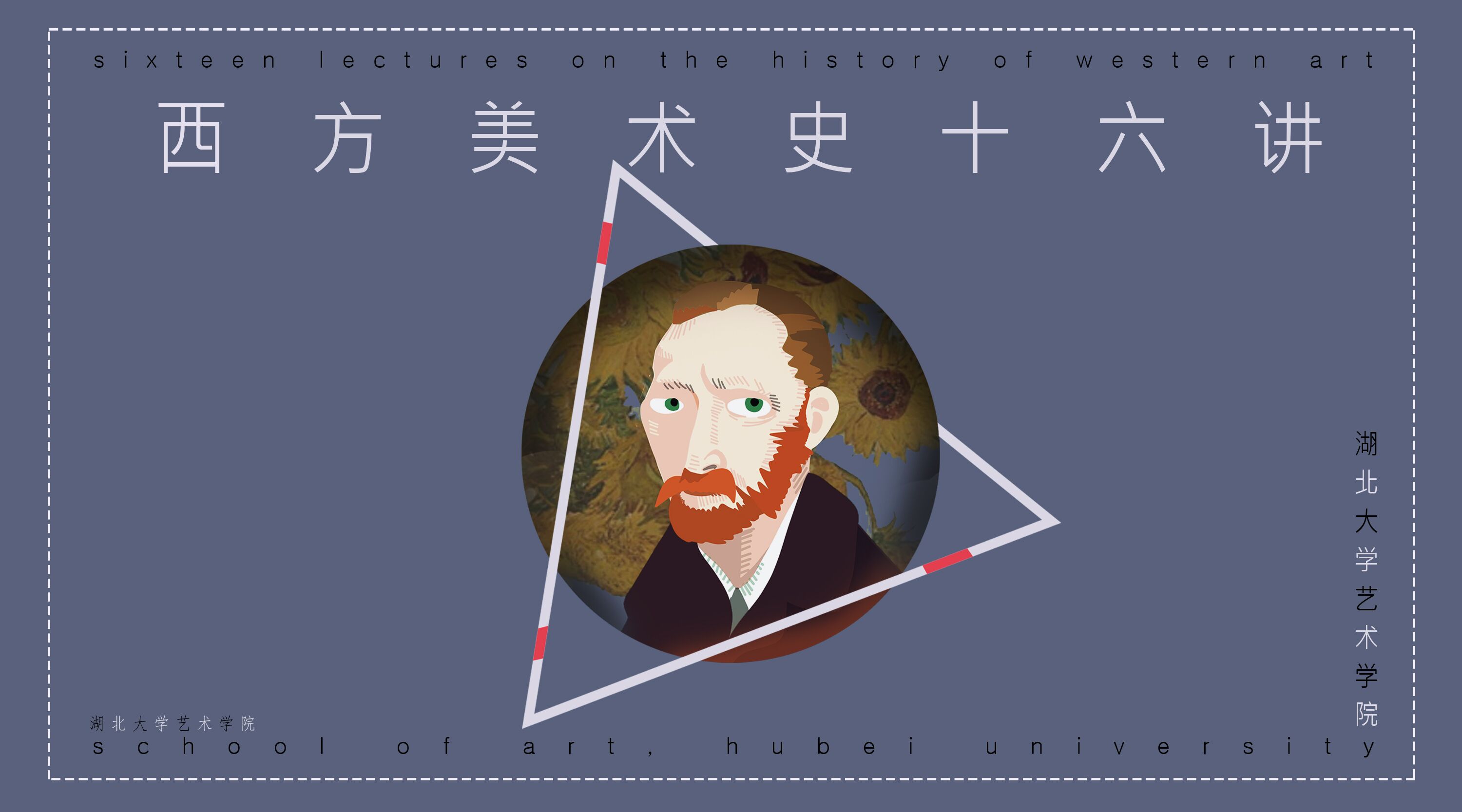
当前课程知识点:Gerontological Nursing > CHAPTER7 Hospice Care for the Elderly > 7.8 Grief Counseling for the Widowed Elderly > Grief Counseling for the Widowed Elderly
返回《Gerontological Nursing》慕课在线视频课程列表
返回《Gerontological Nursing》慕课在线视频列表
同学们好
今天我们要学习的内容是
《丧偶老年人的哀伤辅导》
2018年11月
《医师报》上曾刊载过
由中国老年保健医学研究会
缓和医疗分会会员撰写的一则报道
《一起恶性戕医案件引起的思考
哀伤辅导缺失与医患矛盾加剧》
该报道讲述了一名父亲在丧女8个月内
失去理智反复纠缠医院
最终将医生杀害
笔者呼吁要面向全社会宣传哀伤辅导
普及悲伤常识
帮助大众及时发现亲朋好友的异常悲伤
以便协助其平稳度过悲伤期
避免其对自身及他人造成伤害
今天我们就一起来学习
如何给丧偶老年人提供哀伤辅导
有研究列出了
让人们压力最大的15件事情
其中第一位
就是配偶的死亡
丧偶对老年人来说是沉重的打击
有资料报道
在近期内失去配偶的老年人
因心理失衡而导致死亡的人数
是一般老年人死亡的7倍
因此
我们很有必要来了解下
丧偶老年人的心理反应
一般来说
丧偶老年人的心理反应经历4个阶段
包括麻木 内疚 怀念和恢复
首先是麻木
很多老年人在得知配偶亡故的消息后
都会表现得麻木不仁
呆若木鸡
这种麻木并不意味着情感淡漠
而是情感休克的表现
麻木不仁可以看做是对噩耗的排斥
也是对自己无力驾驭的强烈情感的制服
这个阶段可能持续几个小时至1周
接着是内疚
在接受了配偶亡故的消息后
很多老年人会出现内疚 自责的现象
总觉得对不起逝者
甚至认为对方的死自己要负主要责任
内疚在所有丧偶的老年人中
或多或少都存在
只要不太强烈
这一阶段最终会度过的
丧偶的老年人
在强烈的悲哀之情稍稍平息后
又会产生对死者的深深怀念
这时
在他们的头脑中
会反复出现配偶的身影
时而感到失去他
之后
自己是多么的孤独
这种状态可能持续几周甚至几年
当丧偶的老年人逐渐认识到
对配偶最好的寄托和思念
是保重身体 更好地生活下去
理智战胜了感情
身心也就能逐渐恢复常态
有研究指出哀伤过程的日常经验
可分为丧失导向和恢复导向
其中
丧失导向包括悲伤过程
悲伤干扰 破坏联结
否认回避恢复的转变
恢复导向则包括专注于生活的转变
做新的事情 从悲伤中分神
否认回避悲伤
适应新角色新身份新关系
研究者指出
一般丧偶者往往会在两者之间来摆动
既接近又逃避哀伤
往复于丧失导向
和恢复导向这两类经验之间
若没有摆动
长期滞留在丧失导向或恢复导向一端
都可能导致病态
根据丧偶老年人的心理反应特点
和哀伤过程的特征
我们应该有针对性地
对丧偶者进行哀伤辅导
首先是安慰与支持
临终关怀护理人员可以从协助
办理丧事 陪伴与倾听
协助表达内心的悲伤情绪
协助处理具体问题
和促进适应新生活等几方面来进行照护
可以使老年人感到不是独立面对不幸
进而增进战胜孤独的信心
其次是诱导发泄
对家属进行悲伤护理
并不是以消除悲伤为目的
而是帮助家属
在承受死亡离别痛苦时
更加坚强的生活下去
临终医护工作者
应允许并鼓励丧偶的老年人痛哭
诉说和回忆
或鼓励用写日记的形式
寄托自己的哀思
哭泣是一种很自然的情感表现
不是软弱
而是一种很好的
舒解内心忧伤情绪的方法
诱导老年人把悲哀宣泄出来
同时
鼓励老年人说出自己的内疚感
和引起内疚感的想法 事件等
并帮助他
分析
学会原谅自己 避免自责
再者
可以尝试帮助丧偶老年人转移注意力
老年人易睹物思人
可让老年人把
已故配偶的遗物暂时收藏起来
这样可以减轻精神上的痛苦
建议老年人多与外界交往
多与子孙交谈
或到亲戚朋友家小住一段时间
或到外面走一走
也可以鼓励老年人培养
一些业余爱好
如书法 绘画 垂钓等
以转移注意力
减轻悲伤情绪
或做一些有利于他人的
力所能及的事情
心理学家认为
利他行为可以有效地
减轻丧偶者的悲哀
从而缓解紧张 焦虑的情绪
使自己尽快摆脱孤独和抑郁
增进健康
此外
应帮助丧偶老年人
建立新的生活方式
心理学研究表明
老年人最怕的就是孤独
配偶过世后
原有的某种生活方式
和规律几乎全部破坏了
此时
应该帮助老年人调整生活方式
使之与子女
亲友重新建立和谐的依恋关系
使他们尽快走出丧偶的阴影
投入新的生活
大量的事实证明
作好老年人的再婚工作
对社会 对家庭
对老年人的健康长寿均是有益的
应当从法律上给予保护
从道义上给予支持
在哀伤辅导中
应注意以下几点
1
允许沉默
不做空泛的安慰
比如
不要太伤心了
要保重自己
2
允许情感和情绪表达
不带评判地倾听
3
不预设对方的表达
不正常
4
不急于递纸巾或马上安慰
因为这种行为有时
体现了陪伴者的不安
5
要防止丧偶者体力透支
或引发潜在的生理疾病
可采取适当行为
帮助其平服过激的情绪
6
不鼓励丧偶者
在失丧初期作任何重大的改变
7
倾听丧偶者的追忆
如果丧偶老年人愿意诉说
我们可能通过以下的问题
引导其对配偶的回忆
比如你们之间最难忘的事情是什么
关于死者
你觉得最遗憾的事情是什么
如果有机会你跟他说一句话
你想说的是什么
今天
我们了解了丧偶老年人的心理状态
学习了一些哀伤辅导的技巧
希望通过对丧偶老年人
进行有效的心理干预
使他们尽快摆脱和缩短
丧偶后因过度悲伤
而引起的心理失衡
这对维护他们的身心健康十分重要
最后
给大家推荐一本哀伤处理的经典之作
《安慰之光失去亲人的疗愈》
它是由布鲁克诺尔 和 帕拉梅布莱尔共同撰写的
好
今天我们的课就讲到这里
谢谢
-1.1 Human Life Expectancy and Age Classification of the Elderly
--Human Life Expectancy and Age Classification of the Elderly
--【Vedio Recommendation】 How do we measure life expectancy ?
-1.2 Population Aging
--【Literature Recommendation】World Report on Ageing and Health: 2015
-1.3 Influence and Countermeasures of Population Aging
--Influence and Countermeasures of Population Aging
--【Literature Recommendation】World Population Ageing Highlights:2019
-1.4 Goals and Principles of Elderly Care
--Goals and Principles of Elderly Care
--【Book Recommendation】Evidence-Based Geriatric Nursing Protocols for Best Practice
-1.5 Theories Related to Elderly Care
--1.5.1 Personality Development Theory and Life Review
--1.5.2 Disengagement Theory and Activity Theory
--1.5.3 Self-efficacy and Chronic Disease Management
--【Vedio Recommendation】8 Stages of Development by Erik Erikson
--【Literature Recommendation】Activity Theory, Disengagement Theory, and Successful Aging
--【Book Recommendation】Self-Efficacy in Changing Societies
-1.6 Elderly Support and Elderly Care
--1.6.1 Concepts of Elderly Healthcare, Elderly Support and Elderly Care
--1.6.2 Home-based Elderly Care Model
--1.6.3 Institutional Elderly Care Model
--1.6.4 Integrated Medical and Nursing Care Model
--【Vedio Recommendation】Day in the Life of Home Care
--【Website Recommendation】Official Website of the National Institutes of Health
-Concept Map
--【Concept Map】General Introduction to Geronological Nursing
-【Test】CHAPTER 1
-2.1 Aging Changes in the Elderly
--2.1.1 Aging of the Respiratory System
--2.1.2 Aging of the Cardiovascular System
--2.1.3 Aging of the Digestive System
--2.1.4 Aging of the Urinary System
--2.1.5 Aging of the Endocrine System
--2.1.6 Aging of the Motor System
--2.1.7 Aging of the Nervous System
--2.1.8 Aging of the Sensory System
--【Literature Recommendation】Exercise Attenuates the Major Hallmarks of Aging
--【Book Recommendation】Hazzard's Geriatric Medicine and Gerontology
-2.2 Comprehensive Health Assessment of the Elderly
--Comprehensive Health Assessment of the Elderly
--【Literature Recommendation】Instruments to evaluate mental well-being in old age: a systematic review
-2.3 Principles of Elderly Health Assessment
--Principles of Elderly Health Assessment
-2.4 Assessment of the Functional Status of the Elderly
--Assessment of the Functional Status of the Elderly
--【Literature Recommendation】The Lawton Instrumental Activities of Daily Living (IADL) Scale
-2.5 Assessment of Cognitive Function in the Elderly
--Assessment of Cognitive Function in the Elderly
-2.6 Assessment and Adjustment of the Living Environment for the Elderly
--Assessment and Adjustment of the Living Environment for the Elderly
-Concept Map
--【Concept Map】Elderly Health Assessment(1)
--【Concept Map】Elderly Health Assessment(2)
-【Test】CHAPTER 2
-3.1 Overview of the Psychological Characteristics of the Elderly
--Overview of the Psychological Characteristics of the Elderly
-3.2 Influencing Factors of Psychological Changes in the Elderly
--Influencing Factors of Psychological Changes in the Elderly
-3.3 Common Psychological Issues and Their Management in the Elderly
--3.3.1 Common Psychological Issues and Their Management in the Elderly (1)
--3.3.2 Common Psychological Issues and Their Management in the Elderly (2)
--【Book Recommendation】Development Through the Lifespan
-3.4 Depression in the Elderly
--3.4.1 Overview of Depression in the Elderly
--3.4.2 Clinical Symptoms of Depression in the Elderly
--3.4.3 Caring for Elderly Patients with Depression
--【Documentary Recommendation】Depression:Out of the Shadows
-3.5 Elderly Patients with Dementia
--3.5.1 Identification of Dementia Symptoms in the Elderly
--3.5.2 Intelligence Rehabilitation of Elderly Patients with Dementia
--3.5.3 Safety Care of Elderly Patients with Dementia
--【Website Recommendation】The Global Voice on Demaentia
-Concept Map
--【Concept Map】Elderly Mental Health and Mental Health Care
-【Test】CHAPTER 3
-4.1 Precautions for Daily Care of the Elderly
--Precautions for Daily Care of the Elderly
-4.2 General Care of Elderly Skin
--4.2.1 Characteristics and General Care of Elderly Skin
--4.2.2 Skin Itching and Its Management in the Elderly
--【Website Recommendation】American Academy of Dermatology
-4.3 Clothing Hygiene for the Elderly
--Clothing Hygiene for the Elderly
--【Literature Recommendation】The Design Methods of Functional Clothing for the Elderly
-4.4 Dietary Care for the Elderly
--4.4.1 Nutritional Needs of the Elderly and Influencing Factors of these Needs
--4.4.2 Dietary Care for the Elderly
--【Book Recommendation】Nutrition Care of the Older Adult: a Handbook for Dietetics
--【Website Recommendation】Nutrition for older persons
-4.5 Sleep Guidance for the Elderly
--4.5.1 Sleep Characteristics of the Elderly
--4.5.2 Sleep Guidance for the Elderly
--【Book Recommendation】An Occupational Therapist's Guide to Sleep and Sleep Problems
--【Website Recommendation】American Academy of Sleep Medicine
-4.6 Exercises Guidance for the Elderly
--4.6.1 Evaluation of Exercise Intensity in the Elderly
--4.6.2 Precautions Elderly Undertaking Exercises
--【Website Recommendation】American College of Sport Medicine
--【Book Recommendation】Handbook of Activities for the Elderly
-Concept Map
--【Concept Map】Elderly Daily Care
-【Test】CHAPTER 4
-5.1 Characteristics of Drug Metabolism and Pharmacodynamics in the Elderly
--Characteristics of Drug Metabolism and Pharmacodynamics in the Elderly
--【Website Recommendation】How Drugs Work In the Elderly
-5.2 Common Adverse Drug Reactions and Their Causes in the Elderly
--Common Adverse Drug Reactions and Their Causes in the Elderly
-5.3 The Principles of the Use of Medications in the Elderly
--The Principles of the Use of Medications in the Elderly
-5.4 Prevention of Adverse Drug Reactions in the Elderly
--Prevention of Adverse Drug Reactions in the Elderly
-5.5 Medication Compliance in the Elderly
--Medication Compliance in the Elderly
-Concept Map
--【Concept Map】Medication Safety and Care for the Elderly
-【Test】CHAPTER 5
-6.1 Falls in the Elderly
--6.1.1 Epidemiological Characteristics of Elderly Falls
--6.1.2 Risk Factors for Falls in the Elderly
--6.1.3 Prevention of Falls in the Elderly
--【Website Recommendation】CDC STEADI(Stopping Elderly Accidents, Deaths & Injuries Tool Kit)
-6.2 Dysphagia in the Elderly
-6.3 Urinary Incontinence in the Elderly
--Urinary Incontinence in the Elderly
-6.4 Constipation in the Elderly
-6.5 Dry Mouth in the Elderly
--【Website Recommendation】Academy of Nutrition and Dietetics
-6.6 Elderly Nutritional Deficiencies
--Elderly Nutritional Deficiencies - emaciation
-6.7 Visual Impairment in the Elderly
--Visual Impairment in the Elderly
--【Website Recommendation】Senior Eye Exams
-6.8 Senile Deafness
-6.9 Elderly Delirium
-6.10 Elderly Frailty
--【Literature Recommendation】Frailty in elderly people/Frailty in older people
-6.11 Pneumonia in the Elderly
-6.12 Hypertension in the Elderly
--【Literature Recommendation】2018 Chinese Guidelines for Prevention and Treatment of Hypertension
-6.13 Stroke in the Elderly
-6.14 Stable Angina in the Elderly
--Stable Angina in the Elderly
-Concept Map
--【Concept Map】Nursing Care for the Elderly with Common Health Problems and Diseases
-【Test】CHAPTER 6
-7.1 Concept of Hospice Care
--【Website Recommendation】 Definition of Palliative Care,WHO
-7.2 Death Education
--【Book Recommendation】The Meaning of Death by Herman Feife
-7.3 Nursing for Pain in the Dying Elderly
--Nursing for Pain in the Dying Elderly
-7.4 Nursing for Major Bleeding in the Dying Elderly
--Nursing for Major Bleeding in the Dying Elderly
-7.5 Nursing for Delirium in the Dying Elderly
--Nursing for Delirium in the Dying Elderly
-7.6 Nursing for Dyspnea in the Dying Elderly
--Nursing for Dyspnea in the Dying Elderly
--【Website Recommendation】The Hospice and Palliative Nurses Association,HPNA
-7.7 Psychological Problems and Nursing in the Dying Elderly
--Psychological Problems and Nursing in the Dying Elderly
--【Book Recommendation】On Death and Dying ,by Elisabeth Kübler-Ross
-7.8 Grief Counseling for the Widowed Elderly
--Grief Counseling for the Widowed Elderly
--【Book Recommendation】I Wasn't Ready to Say Goodbye,by Noel·Brook,Blair·Pamela
-Concept Map
--【Concept Map】Hospice Care for the Elderly
-【Test】CHAPTER 7
-Final Exam



